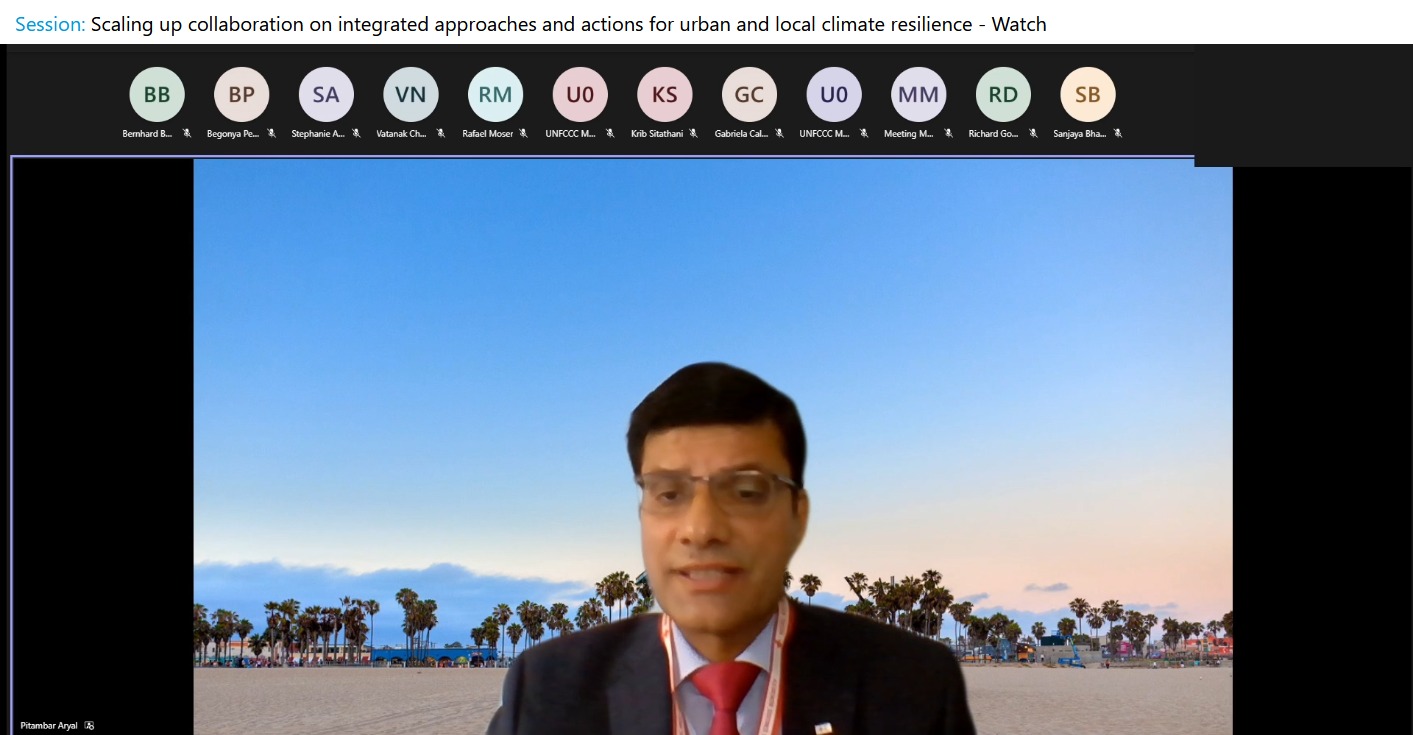Communicating and Preparing Rural Communities- The Case of Enlaza Mexico
Communication is a key element in emergency response. Having access to communication before, during and after a disaster is the first element a vulnerable community should have access to in order to prepare and respond in the face of any disaster. The consequences of climate change, combined with the marginalization of the rural communities, generate disasters and crises that undermine efforts to reduce poverty and to generate sustainable human development. Because of the orography, the population living in rural communities in Mexico lack most of the basic services and communication means and have poor land access that keep the families in social backwardness.
According to INEGI (2000) more than 2.5 million of indigenous communities live isolated from road and communication services. Thousands of communities in Mexico live cut off by road and with no access to any kind of communication and services. These communities, settled in mountainous areas, are prone to face continuous natural hazards such as floods, landslides, forest fires and medical emergencies. In addition, due to their marginalization they can´t use the services that the state offers.
In the face of this reality and due to the devastation and losses that Huricane Paulina let behind, Cinco Panes y Dos Peces, A.C. (CIPAN) a Mexican nonprofit created in the year 2000 “Enlaza Mexico” (Link Mexico), a program that promotes the creation of a social preparedness network for community development where local leaders are strengthened and prepared to tackle disasters. This program applies a Risk Management Plan in rural marginalized communities that have no access to means and ways of communication through three components: 1) equipping communities with two-way radio equipment; 2) developing the skills of local leaders as promoters of risk prevention and; 3) connecting the communities with local authorities and civil protection units. To achieve this goal Enlaza Mexico targets local leaders within the community to train them as radio network operators and disaster response and preparedness promoters. Empowered local leaders’ role is to raise awareness and protect their communities from the hazards they face and to mobilize their neighbors in the presence of a dangerous phenomenon that can affect their life and heritage.
Through 14 years of work, Enlaza Mexico has linked in a social preparedness network over 650 communities that are continuously affected by disruptive and destructive phenomena in the Mexican states of Chiapas, Puebla, Oaxaca, Veracruz and Hidalgo though the Risk Management Plan. Now inhabitants of these rural communities located in mountainous areas of difficult access and in social and environmental vulnerability have access to two-way radio equipment (transmitter-receiver) with battery backup, without any cost to the users. Through this equipment and the training provided, they send and receive messages to/from governmental institutions, local Red Cross units, UNDP, Cáritas, local church, nearby towns and communities who give effective and immediate response to urgent and emergency situations. Furthermore, through the Risk Management Plan local leaders receive training in leadership; risk management and prevention; organization of rescue brigades; & environmental care.
In summary, the Enlaza Mexico program creates a dynamic system of prevention and mitigation of risks, promoting citizenship engagement and reinforcing the culture of self-protection to ensure social security, protect the heritage, generate resources and promote environmental protection. The success of Enlaza Mexico has been recognized with several awards since its creation, increasing the possibility of the program being replicated in various states of the Mexican Republic.
Lessons Learned :
- Access to communication is the first element towards development. What started as a radio communication network to safeguard the lives of vulnerable communities in mountainous areas of difficult access and in social and environmental vulnerability evolved into a highly replicable model. Beyond linking various communities, creation of a Risk and Management Plan builds citizenship; empowers local leaders; provides food security in case of disaster; fosters commercial trade without the abuse of intermediaries; forms social fabric through groups and cooperatives that favor the different processes of economic and productive development; helps in the reports of robberies and assaults as well for deforestation; & generates capital stock by involving local authorities, institutions suppliers of services, national and international civil organizations.
- Without this intervention, the communities will still lack the means to coordinate actions, not only in emergencies but hindering the advancement of its comprehensive and productive development, increasing migration, social and environmental vulnerability.
- The best way to promote resilience and recovery in affected communities is to empower local leaders within a community and let them develop and manage their own efforts in relief and recovery.
Supporting Materials :




